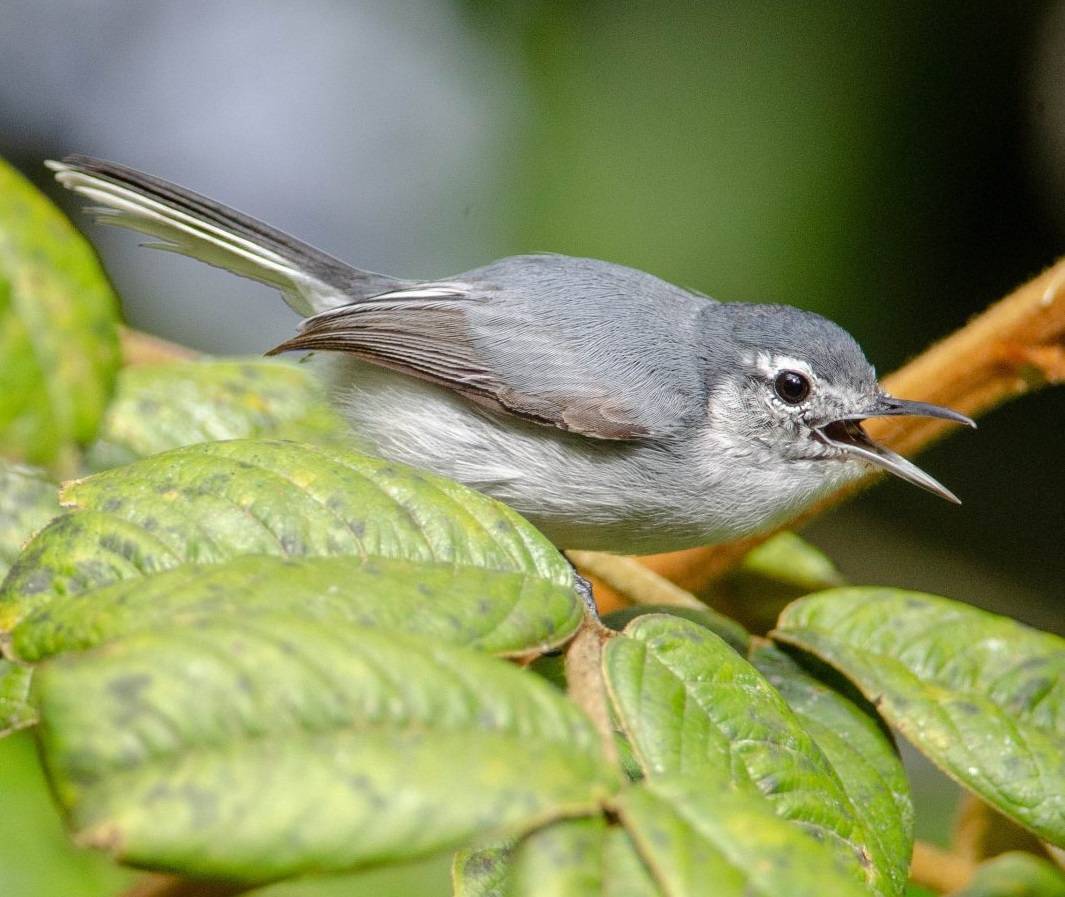Loose genotoxic damage in birds They bring negative changes to the genetic material of their cells; it’s like changing the natural manual that birds use for how to sing, fly, grow, and other basic biological functions.
In ecosystems such as the tropical dry forest, the combination of human activities and global changes would intensify this genotoxic damage in several species. These are unforeseen changes that affect the health or behavior of birds. Several factors can cause this, such as abiotic stress, the result of extreme temperature conditionsdrought, high salinity, pollution and even ultraviolet (UV) radiation.
A recent study published in the magazine GeoHealthshow that the pressure of human activities increases the likelihood that birds will cause damage on a cellular scale, which could lead to the local extinction of many species.
This work analyzed blood samples from 50 species of birds from the Tumbesina region of Ecuador, along a degradation gradient. In these forests, the impact caused by livestock farming and selective logging causes changes in the number of trees, which in turn increases sun exposure and desiccation.
Degraded forests, stressed birds: genotoxic damage
Loose so-called “semi-natural” forests They represent about half the density and richness of trees compared to natural trees. In these forest masses, it was found that 2.6 times more cells were affected by so-called micronuclei, which are formations that indicate genetic damage.
On the other hand, during calls shrub-dominated areasHe genotoxic damage the presence of micronuclei increases to 4.11 times. These areas have a tree density four to five times lower than that of the natural forest with isolated or absent trees.
The study concludes that the degradation process of these tropical forests increases stress on the bird community, causing genetic damage. “The responses of these living creatures appear to depend on each species, which could explain the differences in changes in bird composition reported in other studies for these ecosystems,” he points out. Gabriela Cevallosresearcher at the Department of Health Sciences of the Private Technical University of Loja (UTPL), who is leading the study.
Although more research is needed, these findings highlight the importance of conserving natural ecosystems to protect biodiversity, and of using biomonitoring as an important tool to understand, manage and conserve these fragile ecosystems.

